No matter what sphere of the training world you’re in, you’ve probably done or watched someone do squats. From Zumba to the NFL to Pilates, it seems every discipline has a squat because simply put, squats are awesome! Squats are an excellent training tool for a wide variety of sporting goals depending on what training methods are applied (Verkhoshansky 2011, 10-37). Squats are not just for athletes. Research shows that strength training, including squats, improve the muscle quality index in older adults (Fragala et al., 2014, 1-6).
So what is a squat?
Simply put, a squat is a compound full-body movement, Similiar to most compound full-body movements, the squat build strengths, improves cardiorespiratory conditioning. Depending on the frequency, intensity, and loading during training (Verkhoshansky and Siff 2009, 128-160), squats achieve a variety of results.
Squatting the “right way”
The fitness world is abundant with all kinds of seemingly conflicting information on what a squat is and what the “right way” to do a squat.
With all this information, it’s very reasonable to come out confused about the whole thing. There is more than one way to squat, and there are many ways to squat correctly (Verkhoshansky and Siff 2009, 430-46). An excellent way to understand the squat and to determine what kind of squat is right for your goals is to assess and understand different examples of good movement! With that in mind, let’s look at some various squat examples and the benefits of them.
Remember! Everyone’s bone structure is different, and this affects squat form Differences in hip and pelvis anatomy that limit squat positions cannot be changed by stretching or soft tissue work (Horschig 2016). Furthermore, lifestyle and injury history affect the soft tissues around the bony joints, and this also affects the squat form. Mobility work, strengthening, and proper nutrition are integral to addressing soft tissue restrictions. Working with both a soft tissue therapist and a training professional can help individuals with limitations improve their ranges of motion and form over time.
Learn to Breathe and Brace properly during the squat
-
- Hips slightly tucked to bring the pelvis under the ribs.
- Breathe in through the nose while expanding the belly and torso in 360 degrees by filling it with air
- Breathe out through the mouth, drawing the belly button in towards the spine. Brace like you are getting punched in the gut.
How To Squat
- Find your stance width. Experimenting with narrower and broader stances is encouraged. Everyone’s hips are different. If one position causes hip pinching, allows your knees to cave in towards each other, or causes other discomforts – change your stance.
- Root the foot, spread your toes, and focus on feeling the entire sole of your foot make contact with the floor with equally distributed pressure toe to heel.
- Practice proper breathing and bracing mechanics.
- Break at the knees and hips, allowing the pelvis to drop down and back between the thighs while maintaining an upright torso.
- Proper depth is individual!
- It is the point where you can control a neutral spine without rounding or arching the back or dumping forward excessively.
- It is also where you can maintain alignment of the knees pointing in the same direction as their toes; the knees should not knock inwards or bow outwards excessively.
Examples of Squats
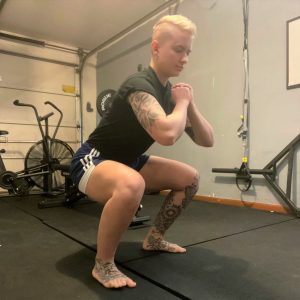 Bodyweight Squat
Bodyweight Squat
- low complexity
- can do anywhere
- if squats are difficult for you bodyweight squats can be suitable for building basic strength
- if squats are challenging, sitting to a chair can be a precursor to full bodyweight squat
- if bodyweight squats are easy for you, they can be a handy conditioning tool.
- For older adults desiring hip strength, chair squats may be superior (Flanagan et al. 2003, 635-43)
Goblet Squat
- Front Loaded Position increases posture muscle and abdominal demand
- can use almost any implement (KB, DB, Gallon Jug, stone)
- Useful for over-all leg and hip development
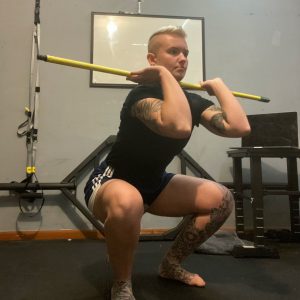 Front Squat
Front Squat
- All the benefits of front-loading, similar to a goblet squat
- Requires more advanced wrist, upper back, and shoulder mobility
- Upright torso position
- Potential for heavyweights to be used
- Important movement for Olympic lifting and variations
- More quad-dominant movement
- Knees often pass in front of toes
- Narrower stance on average
- Requires more ankle flexibility
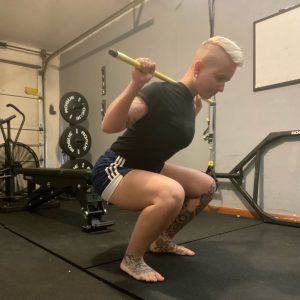 Back Squat
Back Squat
- Low bar position will create a more forward torso
- High bar position will create a more upright torso
- Potential for heavyweights
- For glutes and inner thigh, development use a wider stance while focusing on sitting back at hips
- For quad development use a narrow stance, elevate heels
Box Squat
- Can be done bodyweight, goblet, or back squat
- Rarely used with front squat
- Help teach or adjust the proper depth
- Teach control on the descent
- More vertical shin position, a wider stance more common
Sources Cited
- Flanagan, Sean, George J. Salem, Man-Ying Wang, Serena E. Sanker, and Gail A. Greendale. “Squatting Exercises in Older Adults: Kinematic and Kinetic Comparisons.” Medicine & Science in Sports & Exercise35, no. 4 (2003): 635–43. https://doi.org/10.1249/01.mss.0000058364.47973.06.
- Fragala, Maren S., David H. Fukuda, Jeffrey R. Stout, Jeremy R. Townsend, Nadia S. Emerson, Carleigh H. Boone, Kyle S. Beyer, Leonardo P. Oliveira, and Jay R. Hoffman. “Muscle Quality Index Improves with Resistance Exercise Training in Older Adults.” Experimental Gerontology53 (2014): 1–6. https://doi.org/10.1016/j.exger.2014.01.027.
- Horschig, Aaron. “How Hip Anatomy Affects Squat Mechanics,” March 26, 2016. https://squatuniversity.com/2016/03/25/how-hip-anatomy-affects-squat-mechanics/.
- Verkhoshansky, Yuri, and Mel Cunningham. Siff. Supertraining. Rome, Italy: Verkhoshansky, 2009.
- Verkhoshansky, Yuri Verkhoshansky Natalia. Special Strength Training: Manual for Coaches. Place of publication not identified: Verkhoshansky Sstm, 2011.
- C Weeks, J Trevino, G Blanchard, and S Kimpel. “Effect of Squat Depth Training on Vertical Jump Performance.” Journal of Strength and Conditioning Research25 (2011). https://doi.org/10.1097/01.jsc.0000395628.53820.ae.



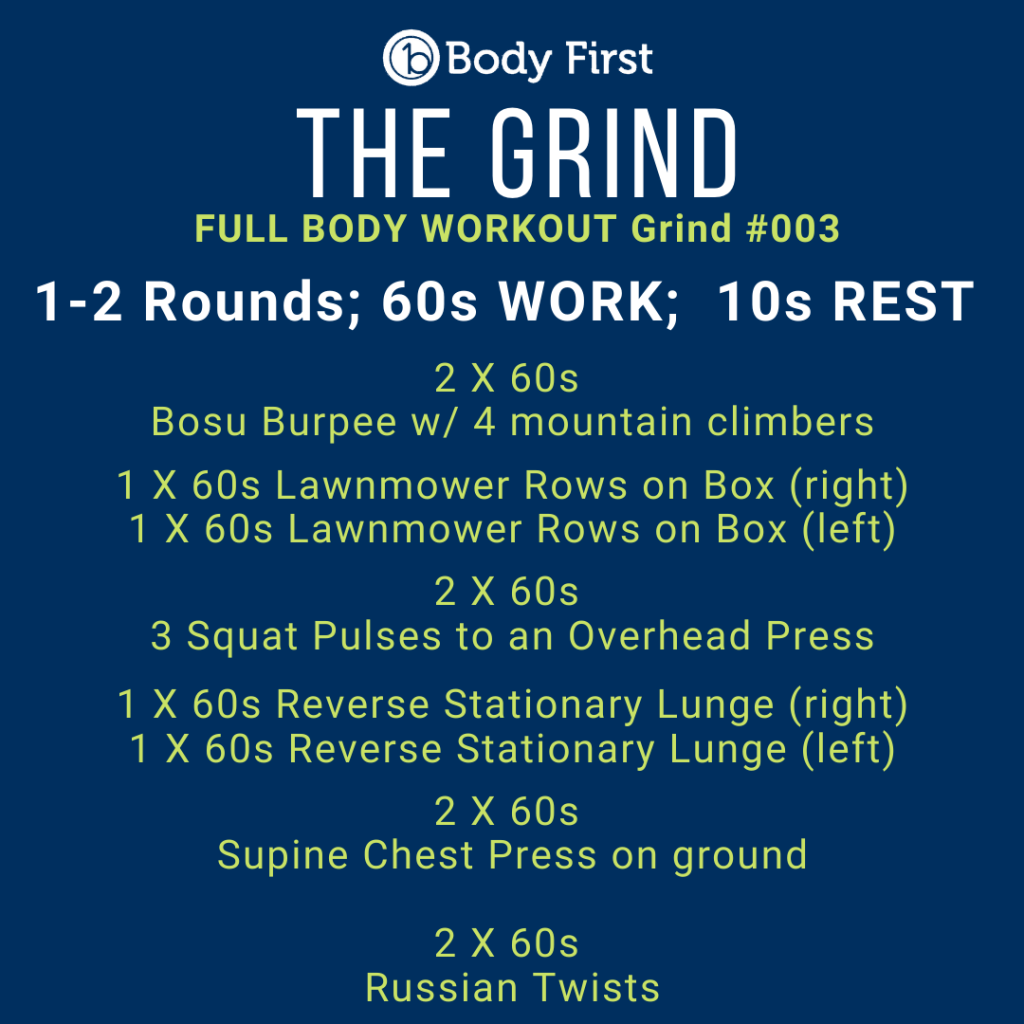

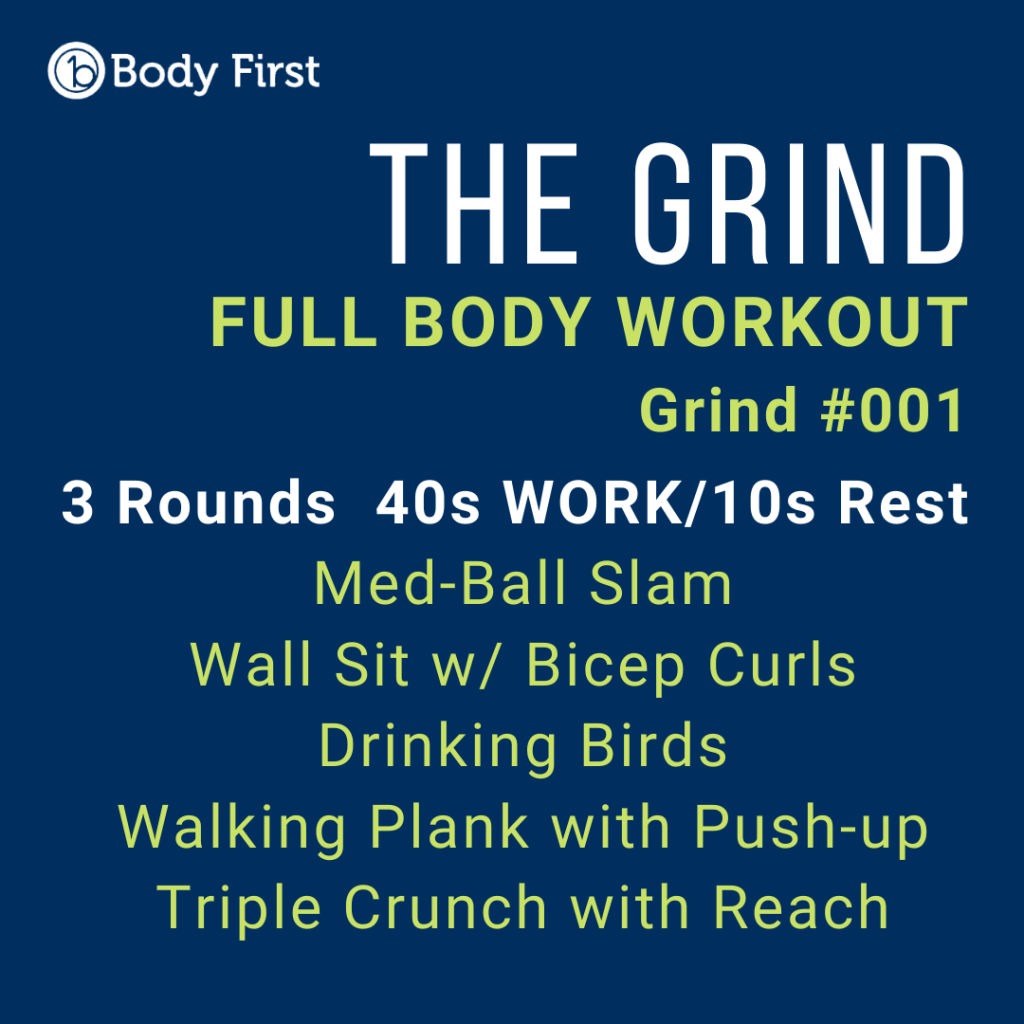
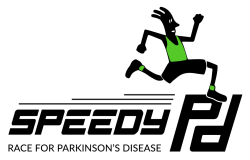
About The Author: Annie Spence
Annie provides client-centered and evidence-based coaching and personal training. Though she is well versed her the weight room, Annie offers fun, energetic, and non-intimidating personal training.
When Annie is not coaching, lifting, or thinking about the training, she can be found outside with her fiance, and her two dogs or possibly found spending time with the community at her favorite local cafe.
More posts by Annie Spence